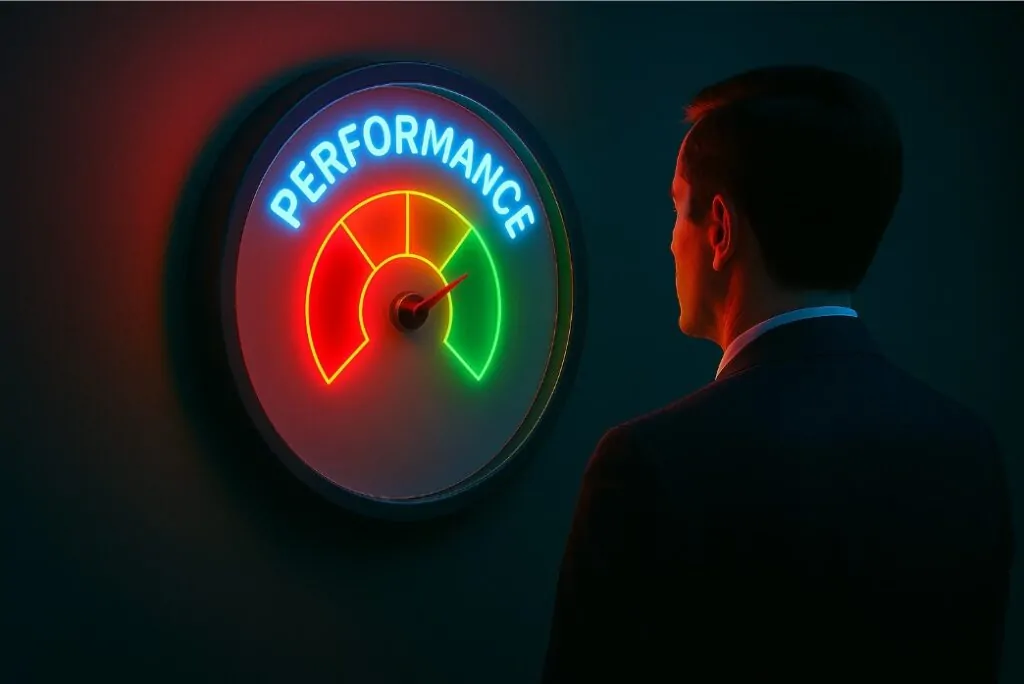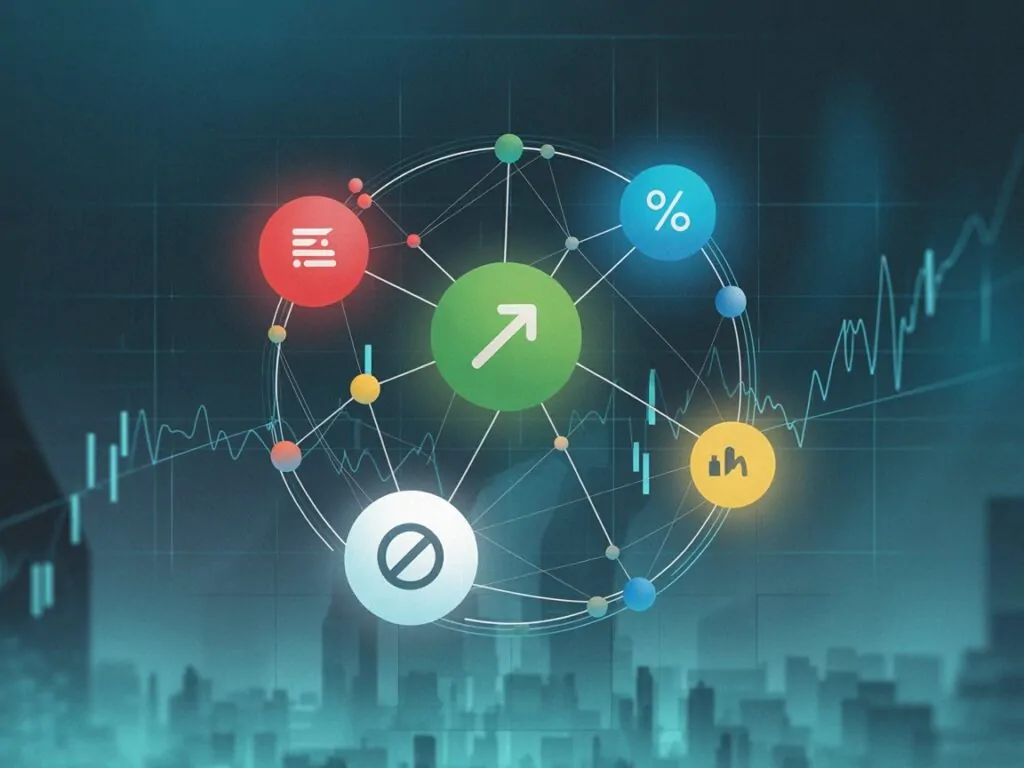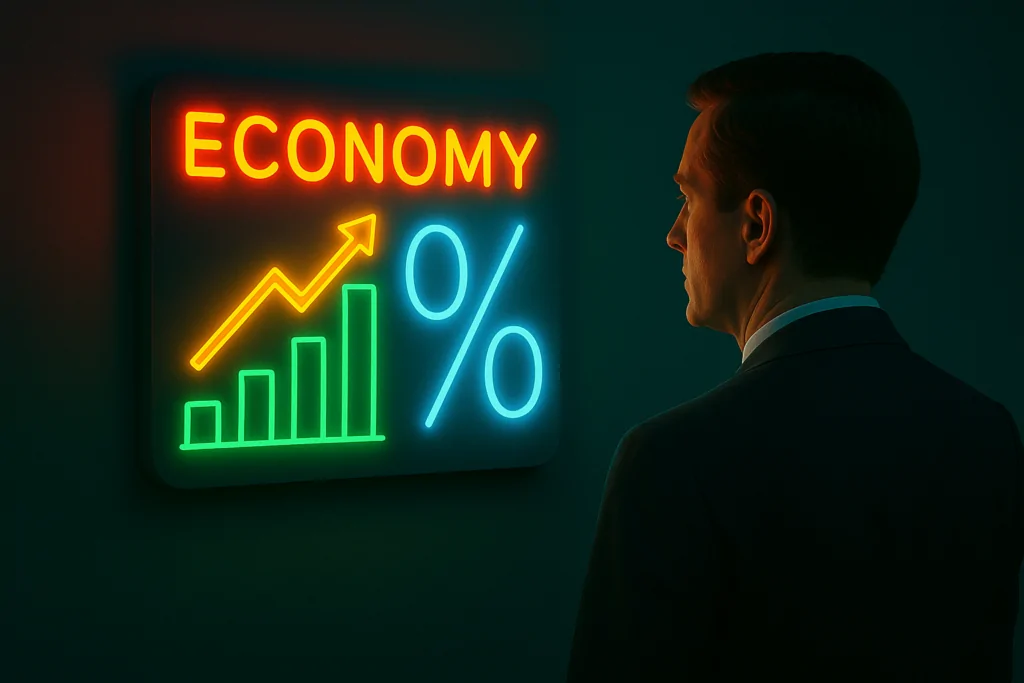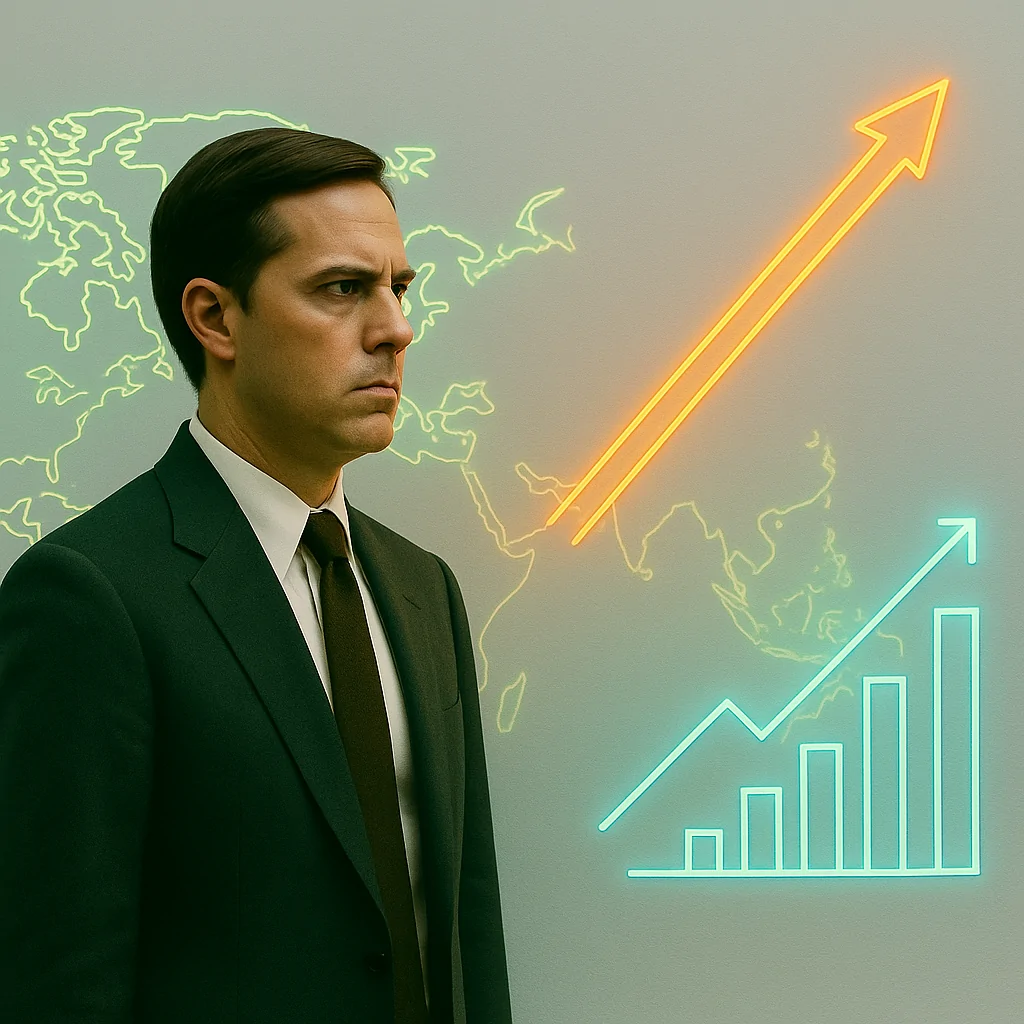What really affects stock prices
Stock prices often seem like they move without warning — up one day, down the next. But in reality, each change reflects the constant tug-of-war between how investors feel, what they expect, and what’s happening in the broader world. Whether you’re investing for retirement, building a side portfolio, or just trying to understand the headlines, it’s useful to know what actually moves the market.
Company performance is where it all begins

A stock is a slice of ownership in a company, so naturally, the value of that company matters. If a business reports strong revenue and profits, or reveals big plans for the future, investors usually get excited. That demand pushes up the stock price. But if the numbers disappoint, even slightly, the opposite can happen fast.
Take, for example, a clothing retailer that just released its quarterly earnings. Sales rose 12%, online orders hit record highs, and the CEO announced plans for expansion into new markets. Investors rush in, buying more shares in anticipation of future growth — and the price climbs. But if instead, that same company missed its sales targets and warned of rising supply costs, the price could fall sharply within hours.
It’s also not just about current numbers. Investors pay close attention to what companies say about the next quarter or year — known as “guidance.” If that forecast looks weak, it often leads to selling, even if the latest report was solid.
Supply, demand, and the mood of the market
Even when the business itself isn’t changing much, the stock price can swing because of supply and demand. If lots of investors want to buy but not many want to sell, the price goes up. If the opposite happens — more sellers than buyers — the price drops. It’s basic market physics.

These shifts are often driven by mood and momentum. One viral post, a celebrity tweet, or a sudden media story can send buyers or sellers rushing in.
Here are a few common reasons demand might spike (or shrink) in a hurry:
- A positive news headline or analyst upgrade
- A competitor posts strong results, lifting the whole sector
- A Reddit thread starts gaining traction
- A big institutional investor makes a move
- Retail traders jump in after a stock makes the trending list.
When these factors overlap, prices can move dramatically even if the underlying company hasn’t changed at all.
The economy and interest rates matter more than you think

Even the strongest businesses are affected by the economy. Things like inflation, job numbers, consumer confidence, and global supply chains can shape investor behavior. If people are worried about a recession, they may sell stocks and move into safer investments — lowering demand and dragging down prices.
Interest rates are a major piece of the puzzle. When the Federal Reserve raises rates, it becomes more expensive to borrow money. That can mean slower growth for companies and less incentive for investors to take risks.
Let’s say the Fed raises rates aggressively to fight inflation. A startup with plans to borrow heavily to expand will likely face higher costs and slower scaling. Investors, sensing this, may pull back from growth stocks and shift to value or dividend-paying companies instead.
Before making major moves, investors often weigh:
- How much debt a company carries
- How sensitive it is to consumer spending
- Whether it benefits or suffers from higher interest rates
- How inflation affects its margins
- How much pricing power it holds in its industry
These factors create ripple effects that go far beyond one earnings report.
Investor expectations and long-term beliefs

Here’s a tricky truth: sometimes it’s not what a company does but what people expect it to do that affects its stock price. A company might post great results, but if investors were expecting better, the stock could still fall.
Let’s take the example of a young biotech company. It hasn’t made a profit yet, but hopes are high for a new drug currently in trials. Investors buy based on what might happen two years from now. If the trials go well, the stock could explode. But if there’s a delay, or competitors jump ahead, the stock could sink fast — even if the company didn’t technically fail.
This shows that expectations and momentum often shape prices as much as fundamentals. That’s why growth stocks — like Tesla or NVIDIA — can be highly volatile even while their revenue grows.
Geopolitics and surprise events hit hard
Sometimes, what moves the market has nothing to do with the stock or the company itself. Global events can inject fear or optimism into the market instantly.

Examples include:
- Geopolitical conflicts (e.g. wars, sanctions, trade tensions)
- Natural disasters or pandemics
- Major elections and political shifts
- Unexpected changes in regulation
- Supply chain breakdowns or cyberattacks
One case in point: during the early days of the COVID-19 pandemic, airline and hotel stocks dropped like a rock, while video conferencing and delivery services soared. These moves weren’t about quarterly reports — they were about a sudden, dramatic change in the way the world worked.
Even seasoned investors struggle to predict these shocks, which is why many maintain a diversified portfolio to spread the risk.
The big picture
Stock prices don’t move randomly. They reflect a blend of hard data, investor psychology, global forces, and the basic principle of supply and demand. If you’re wondering why a stock is moving, ask: has something changed in the business? In the economy? Or is it just about perception?
To sum up, here are the most common drivers:
- Company earnings and financial health
- Supply and demand in the market
- Economic indicators and Fed policy
- Investor sentiment and future expectations
- Global news, political risks, and rare events
If you can spot which of these is in play, you’ll be ahead of most investors out there.